Q&A with Emma Marris: "I’m really ready to leave this wilderness worshipping behind"
The author of new book Wild Souls shares her thoughts on what we owe our non-human neighbours on this planet, what rewilding really means and why everyone needs to become a bit of an activist.

Ask anyone who watches nature shows about the most heart-wrenching moment they’ve seen on TV in the past few years, and you’re likely to hear about walruses. In David Attenborough’s 2019 Netflix show Our Planet, the huge mammals are shown tumbling down cliffs to their deaths on the coast of far northeastern Russia in a horrifying display linked to climate change.
The emotional resonance of this scene reveals what environmental campaigners and makers of cute cat videos alike have long known: Humans have an innate connection with and empathy for other life on this planet.
The challenge, though, is that our love for wildlife and our overall actions as a species are increasingly in conflict. We might say we want to save the whales, gorillas and monarchs, but the effects of everyday human industry and society – climate change, habitat destruction and pollution are three big ones – are doing exactly the opposite. And beyond that, even conservationists and animal lovers make plenty of decisions that harm if not species, then individuals, be it feeding (and euthanizing) bears, running captive breeding programs or eradicating one group of animals for the sake of another.
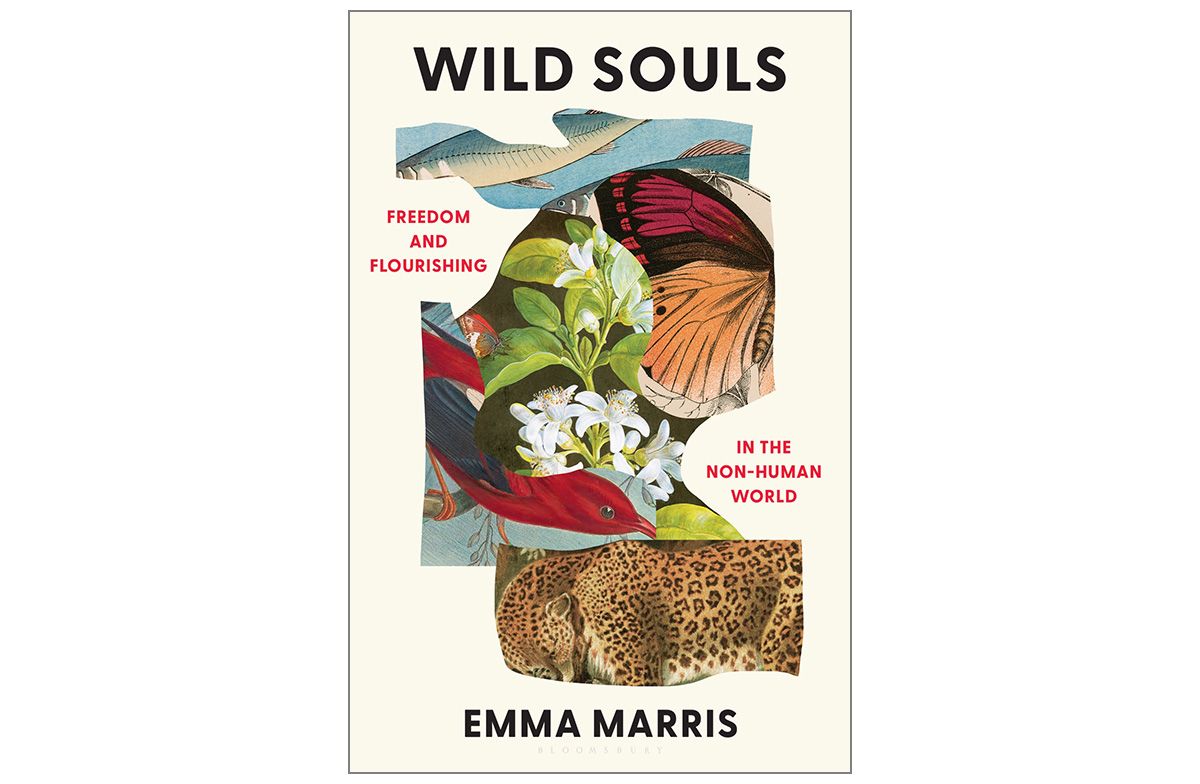
It’s these sorts of ethical conundrums that American journalist Emma Marris tackles in her new book Wild Souls: Freedom and Flourishing in the Non-Human World. From defining wildness and animal autonomy to joining conservationists in grappling with the relative morality of the actions they take, Marris explores some of the ways our lives are intertwined with those of our non-human neighbours, and offers practical suggestions for how we can approach our lives and work with increased humility and create more space for wildlife to thrive.
Here, we speak with Marris about her book, her thoughts on rewilding and the actions all humans need to take to make things better.
Where did the idea for this book come from?
I was in the front yard one summer afternoon. I was reading a book and the kids were playing in the sprinklers. The phone rang and it was a friend of mine from an NGO who told me that this particular wolf named OR4 had died. It was this gut punch. I felt really strong emotions in a way that I did not expect.
This is a wolf that I had been following as a journalist for more than a year. It was the patriarch of the first wolf pack in Oregon after the reintroduction. I had been working to tell the story of wolf reintroduction through this one individual. I knew that he wouldn’t live forever, because he and his packmates were going after livestock, and there were rules in place about when producers could ask for a wolf to be killed.
I was so used to thinking about animals as units of a population, because conservation and ecology have been my main beat. And yet this project of following individual wolves made me suddenly think about wild animals with this whole other framework, as active sentient individuals in the world making choices and going through their lives. It was at that moment when I realized how much I was affected by OR4’s death that the book project began.
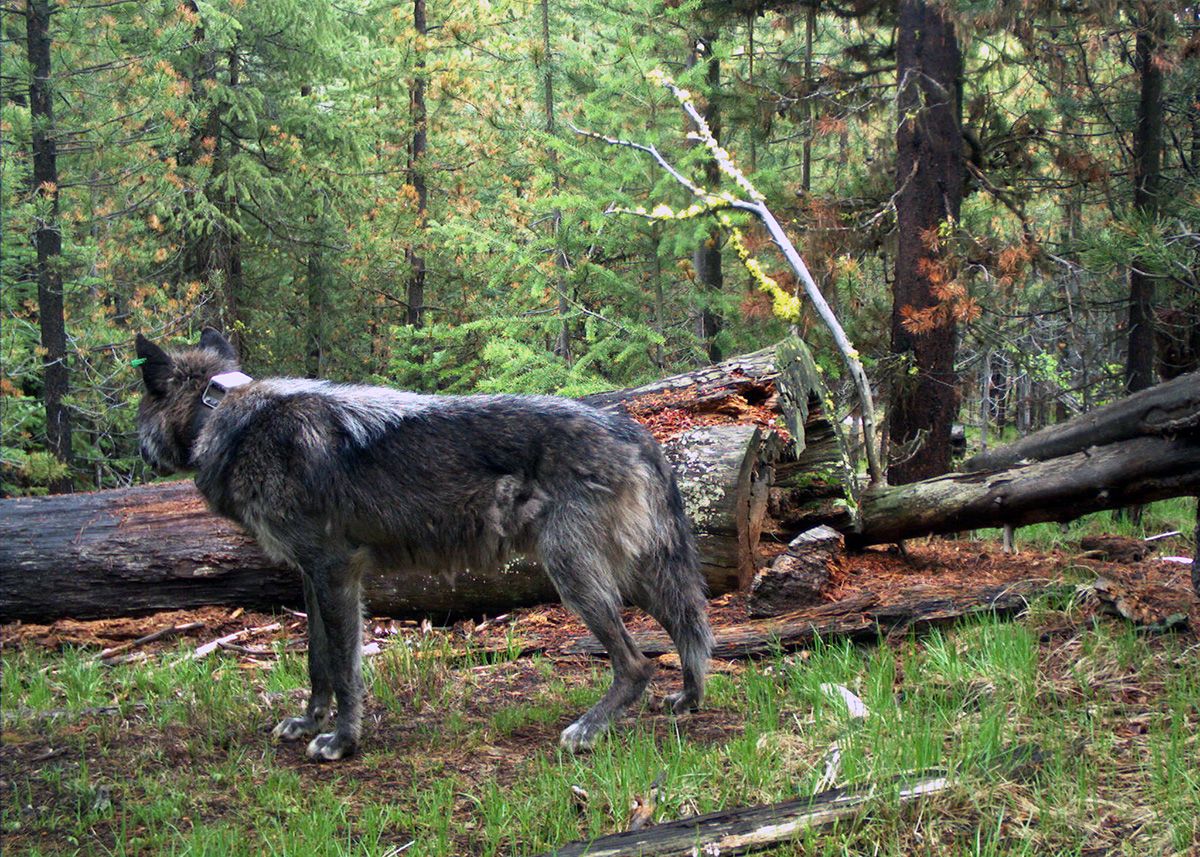
Why do you think people in conservation have been so focused on species?
Well, some of it goes back to [conservation biologist] Michael Soulé and how he set up the field. In the book I talk about how he explicitly said, “Look, we're not interested in the welfare of individual animals here. That's just not what we do.” From conservation biology’s beginnings, it's been explicitly focused on species and not individuals.
And I think that's been true for the professionals, but not always true for individual fans of conservation. People who see themselves as nature lovers are often kind of mushy about the distinction between species and individuals. For example, oftentimes, conservation NGOs will use the stories of individual animals to raise money for species conservation. I think it goes to show that while the academic conservation biologist might be very clear on that distinction, many of us regular people are a little less clear on it, at least until we start thinking about it intentionally.

In the book, you discuss how to define the word wild, which comes with a lot of baggage. You write that you still have hope for it as a term for autonomous, not un-human. Can you go into what you mean by autonomous?
I really want to get people thinking about what we mean when we say “wild” or “wilderness,” and to challenge the notion that wild things are by definition good because they're untouched by humans, or uninfluenced by humans, or separate from humans. I think this is a fundamental problem with environmentalism in the 21st century, this idea that humans are not part of nature, and that they can only be a negative force.
We're in this moment of people realizing that thinking that humans are a cancer that must be excised is not necessarily the best framework for trying to save the planet. Look at the success of Robin Wall Kimmerer’s Braiding Sweetgrass. In many respects, her thesis is that the solution to environmental problems is not to withdraw from nature, but to have a better relationship with nature. What we all need to be doing to try to save the environment is not trying to get out of it, or separate ourselves from it or wall it off. We need to be figuring out how to live with all of the other species in a good way. I really do think that people are ready for that message.
I really want to challenge the notion that wild things are by definition good because they're untouched by humans, or uninfluenced by humans, or separate from humans.
In my first book, I was approaching this topic gingerly. In this book, I come right out and say that some of these ideas around wildness and wilderness are actively harmful. Because they lead us down this path of only being able to imagine solutions where humans are removed from the equation, and we put things back to the way they used to be. And, of course, they have this chronic problem of erasing Indigenous land and species management. I'm really ready to leave this wilderness worshipping behind.
However, wild is also used to describe the individual animals that are not under human control. And I think that that gets at something valuable, which is the autonomy of individual sentient creatures that want to make their own decisions and have their own desires that they're trying to achieve. I think this idea that a wild animal is an animal that decides for itself what to do that day is a way we can talk about wildness that isn't harmful to the overall project of multispecies justice.
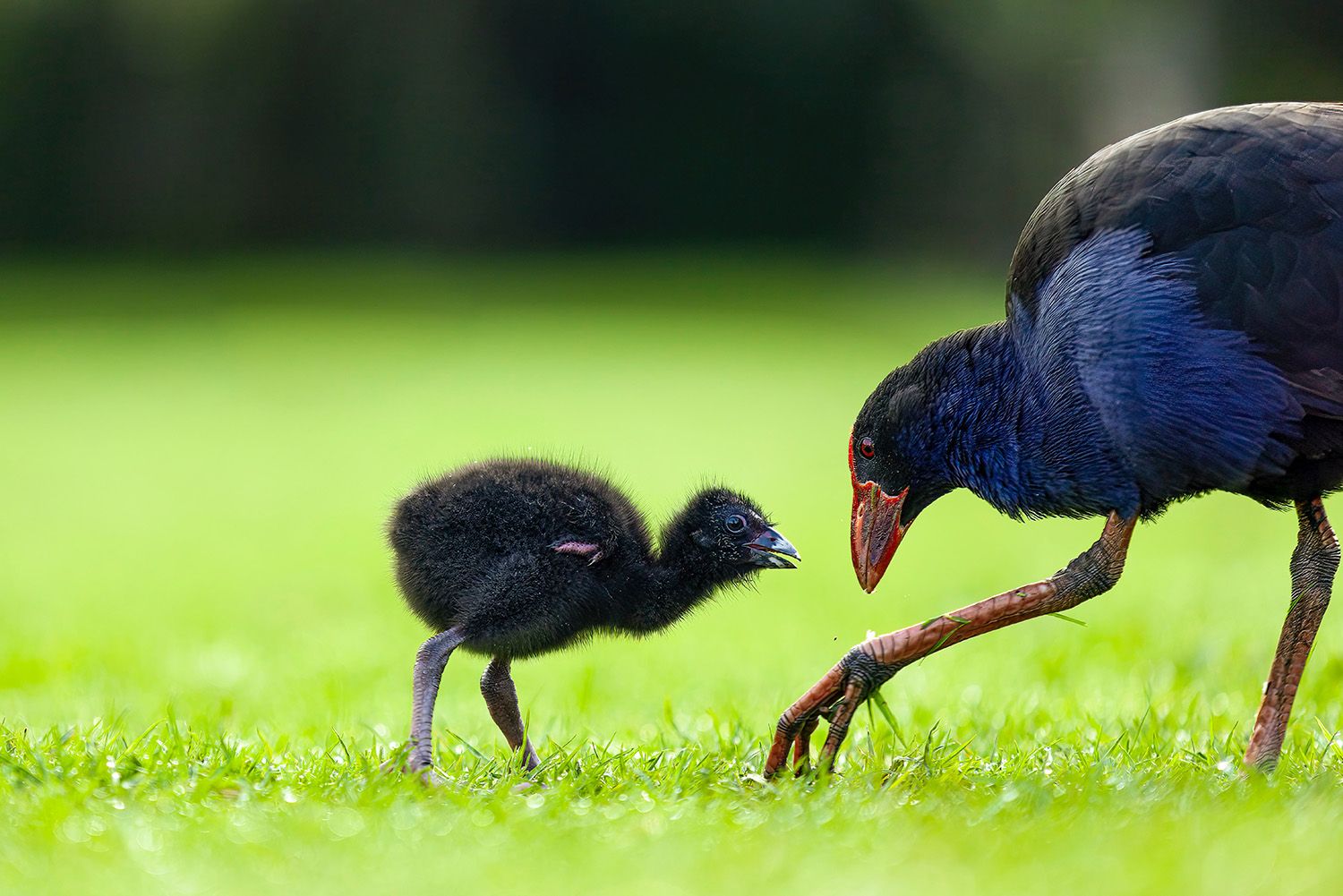
In that context of defining wild, how would you define rewilding?
I've been honestly very skittish of the word rewilding, because I feel like in some instances, it does tend to play into some of these old, not super accurate ideas like, whatever it looked like in 1850, or 1490, was the wild condition and if we make it look like that again, then it's wild. And that's both tricky and inaccurate, right? Making it look like the past often requires a huge amount of work on the part of humans, and then that's not really autonomous.
I’m sitting here in this parking lot and there's an empty lot across the street, which is mostly gravel with what most people would describe as weeds growing there. To me it seems like a wild space because nobody is managing it. Nobody's deciding what grows there. There's no list of approved species. It is wild in the sense of autonomous.
So if you want to use the Emma Marris definition of wild as autonomous, then maybe rewilding would be ensuring that you're taking a place that had been managed and just stopping managing it, and letting it go nuts.
There is something to be said for having a bit of humility and saying, actually, maybe if we leave some of these places alone, they will come up with some solutions that surprise us, and that we wouldn't have thought of.
I do think that a sensible holistic strategy for conservation on large landscape scales requires some management in some areas, maybe to a historical condition, but probably increasingly to a non-historical condition as the climate changes. But I also think that it should include areas that are not managed and that are allowed to adapt on their own to changing conditions. Because we're going to learn a ton from that.
I also think there is something to be said for having a bit of humility and saying, actually, maybe if we leave some of these places alone, they will come up with some solutions that surprise us, and that we wouldn't have thought of. But these autonomous areas that we're not managing are not going to look like they did in the past. They're going to look weird to us, because they're going to be filled with non-native species. As the climate changes, increasingly unfamiliar species are moving in from different areas, and they may operate very differently in different wildfire regimes, different temperatures, everything.
What else do you think rewilding projects should keep in mind?
In terms of bigger, classic rewilding projects, which involve reintroducing the animals, I do think it's important to think about the welfare of those individual animals that you're conscripting.
You’re like, come with me, beavers, or wolves, or bison, and guess what, you are going to be the lucky astronauts that are the first of your kind to come to this place, and you're going to be doing all of this ecosystem functioning for us. And it's going to be awesome. I'm going to put all these tags on you. And we're going to collect all this data.
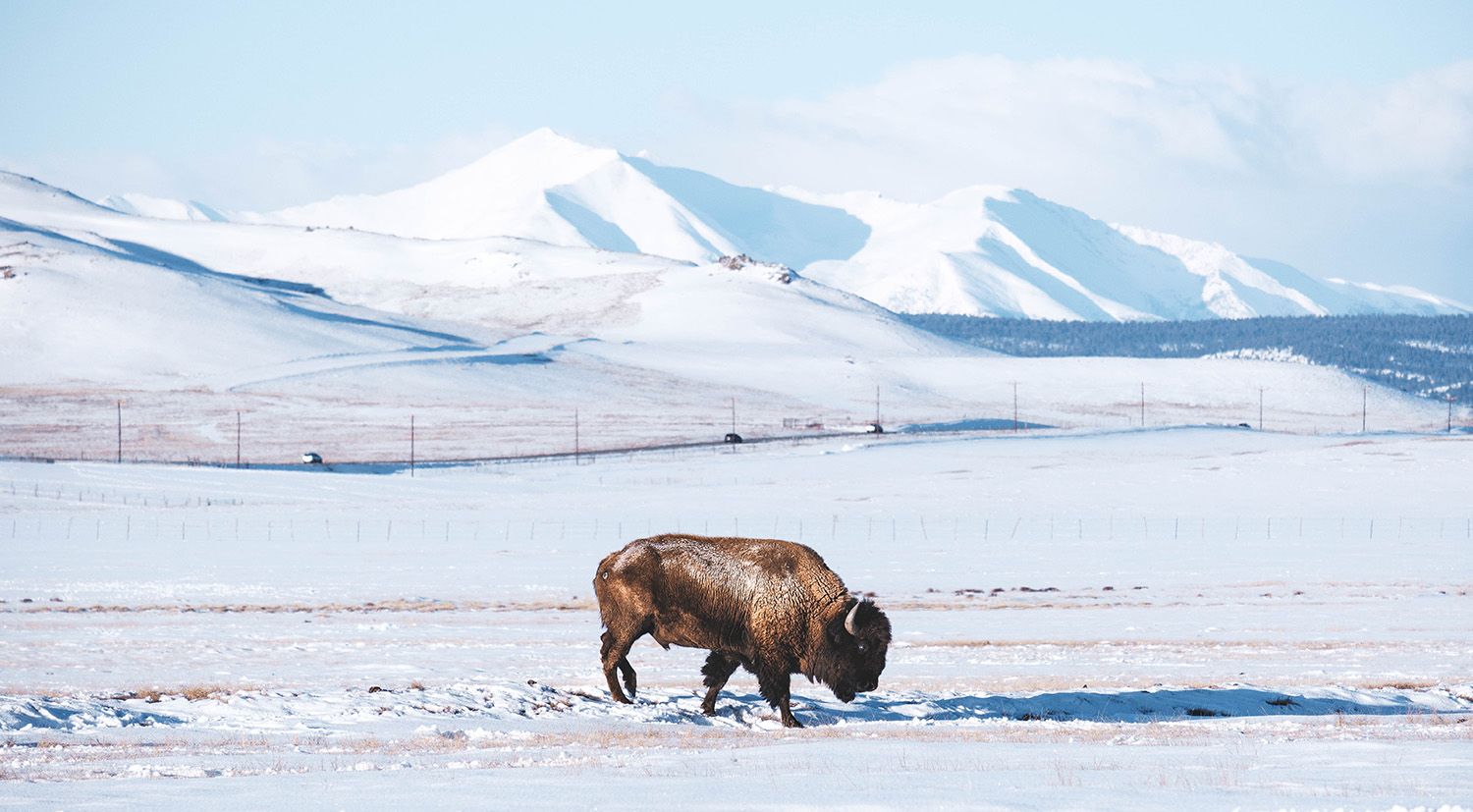
We're asking a lot of these creatures, and they are sentient beings with their own desires and their own goals. So I think it's important to consider their welfare when planning these projects and carrying them out. I'm not trying to say that rewilding is particularly tough on animals. In fact, it probably is the opposite. But it's something to keep in mind when people are in the early stages of planning this stuff. They're getting so excited about the ecological function part of it. It's easy to not think too hard about the welfare part.
You write in the book: “We need to do a better job sharing with non-human animals. We simply need to take up less space.” But what does that mean, taking up less space?
The answer to that is a little tricky, because it isn't about recycling or trying to reduce your carbon footprint as a consumer. What I'm saying is that the whole system – the big, overarching systems by which humans arrange their civilizations – needs to change. For example, animal agriculture needs to be radically remodelled to take up a massively smaller footprint, or to be largely replaced by alternatives to meat or by cellular agriculture. Fossil fuels have to be completely eliminated rapidly and replaced by renewable sources of energy. All of this stuff needs to happen, and it needs to happen in a way that doesn't gobble up too much land. And all this stuff is big: routing transmission lines, not remembering to bring your canvas shopping bags to the supermarket.
The real job is not consumering correctly. It is getting involved in the push for aggressive, fast, societal changes at the system level.
The real job is not consumering correctly. It is getting involved in the push for aggressive, fast, societal changes at the system level to take up less space both in the atmosphere and in the hydrosphere, and in terms of the straight-up land footprint.
It means everybody has to become a little bit of an activist. You don't have to do it full-time or even part-time, maybe just a couple of hours a month. But if everybody who gave a shit about this stuff did do that and actually got political, we would see massive changes very quickly.
You talk about being humble in making decisions for conservation, but also recognizing that doing nothing is a choice. It made me think of some of the things going on in the UK with reintroducing beavers, and how people could not get permission to release some beavers. So some people were just releasing them – like, enough with this. And I'm trying to decide what's less humble: just starting up a project like that and letting the animals go figure it out, or researching it to death so that nothing ever happens?
This is a difficult question. Because as you lay it out, on the one hand, opening the back of the truck and letting out the beavers is the thing that sets all the animals figuring it out in motion. And so you are getting involved in that way. But not returning beavers after humans killed them all is also letting human influence determine the state of the system.
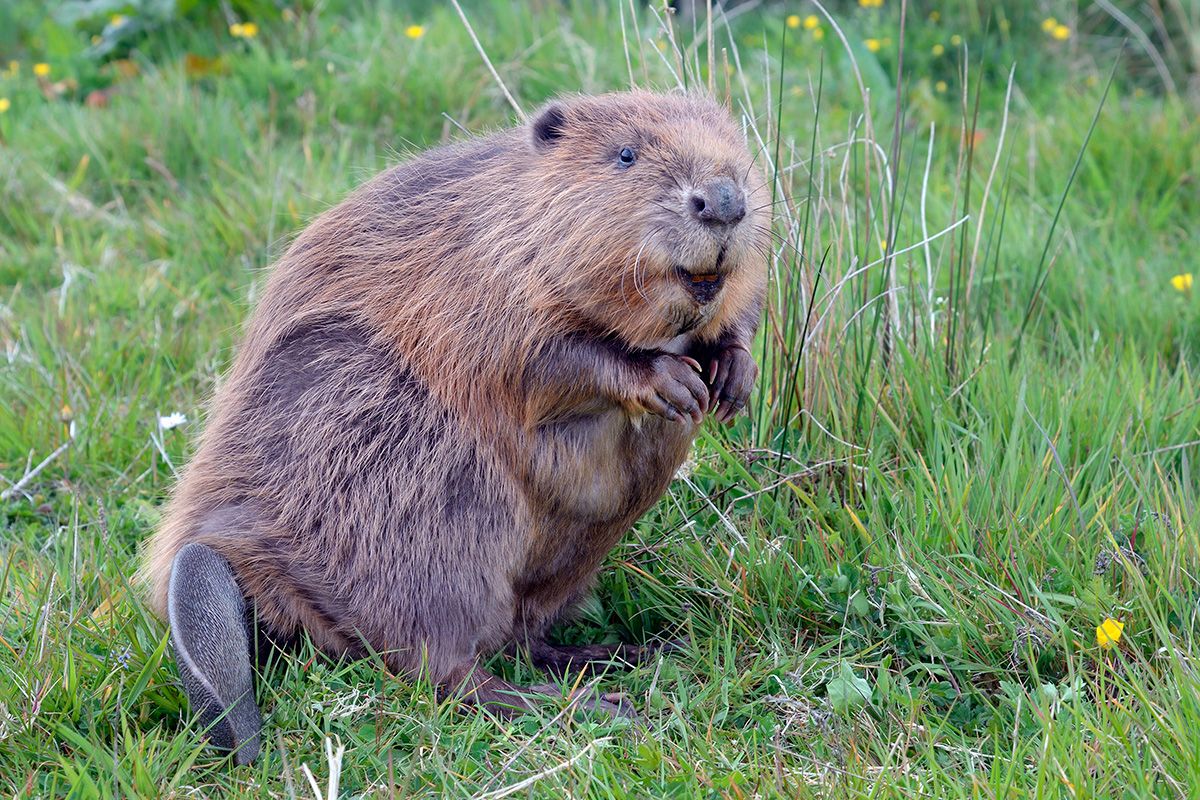
It's the same thing with going back in the past. It's not like we can recreate this ecosystem of 1490. But on the other hand, you can go back in time a little bit and go, okay, well, this used to be a forest, so maybe it should actually be a forest here.
I would tweak that slightly. Information about the environmental history of a place is super useful for management. But I don't think that the equation is, “This used to be a forest, so it should be a forest again.” It goes more like, “This used to be a forest. And that suggests to me that this is a place where a forest would really kick some butt, so maybe we should consider a forest here.”
The past does not have any moral superiority – the past is not better than the present or the future – but it gives us information about what might work and what might be cool. We might also have cultural love for those species: “We want to put a forest back here, because there was a forest here when this people managed this place, and they would like to have it back. And we also think that these trees are lovely.” Those are all good reasons too. I just don't like it when scientists say the forest is the correct ecosystem for this place, because there was a forest in 1800, therefore, the forest is good and the grass is bad. That’s not a scientific statement. It's a cultural value.
Speaking of justifying the present by the past, in your book you describe an instance of conservation officials culling an invasive species of owl to save a local endangered species.
Yes, barred owls and spotted owls.
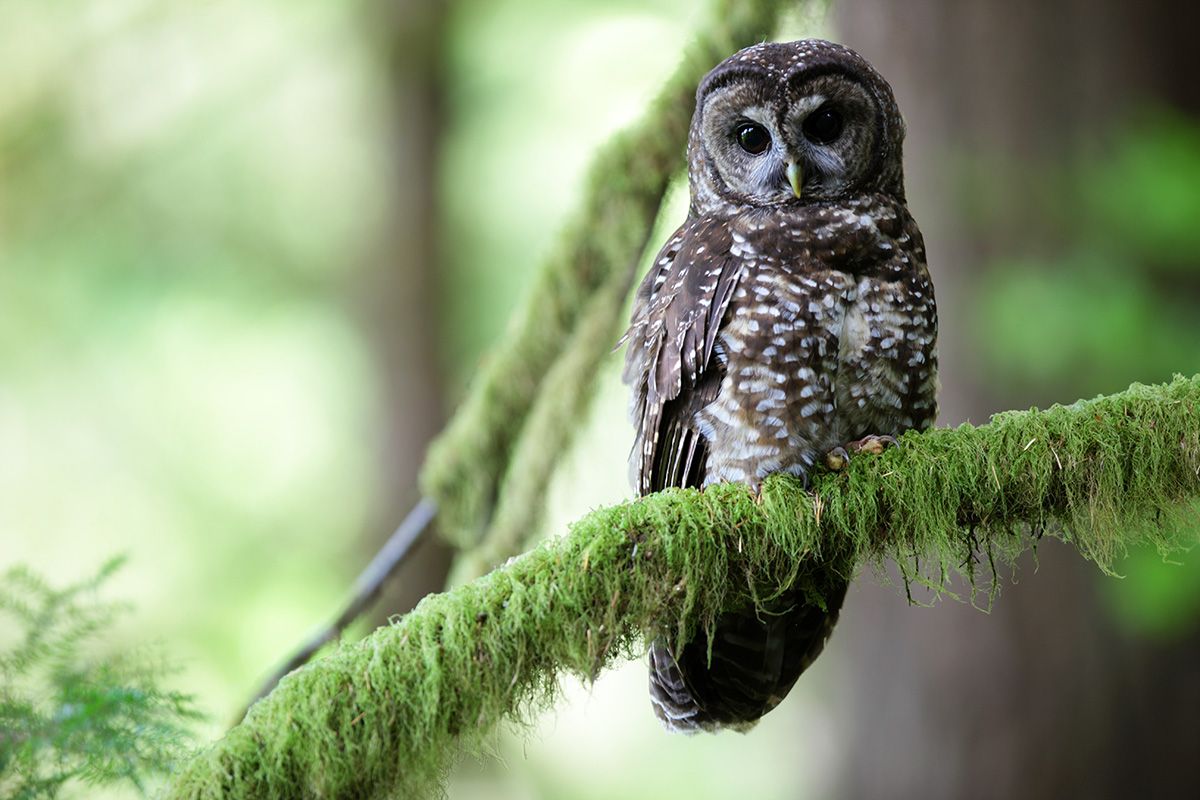
How do you make that decision? Do you put all the energy into removing the invasive species? Or do you put the energy into something else that's going have a bigger effect?
Something like shooting barred owls to save spotted owls – well, maybe if we had an infinite budget, and infinite person-hours of labour available. And then if we sat down with every possible stakeholder and we took a poll and we said, “How many of you think it's fine to let these owls interbreed, because the resulting animals might be more fit in the current forest and maybe in the future forest? And how many of you want us to try to keep the spotted owls separate from the barred owls?” And if more people were like, “No, we don't care that these hybrids are fit, we just want the spotted owl the way it was” – well, then fine. Maybe we could spend the money to do it. And maybe it would be justified to kill the barred owls.
But there is only so much money and so much time to do work. And if the people out there shooting barred owls were taking that time and money to do massive habitat preservation for a whole suite of species, or big policy changes that would result in much larger areas of habitat being available, or some kind of work on climate that would stop us from going over 1.5 degrees, I think it would be way more efficacious in the grand scheme of biodiversity preservation than to fiddle around on these blurry species boundaries. That's the pragmatist in me for sure.
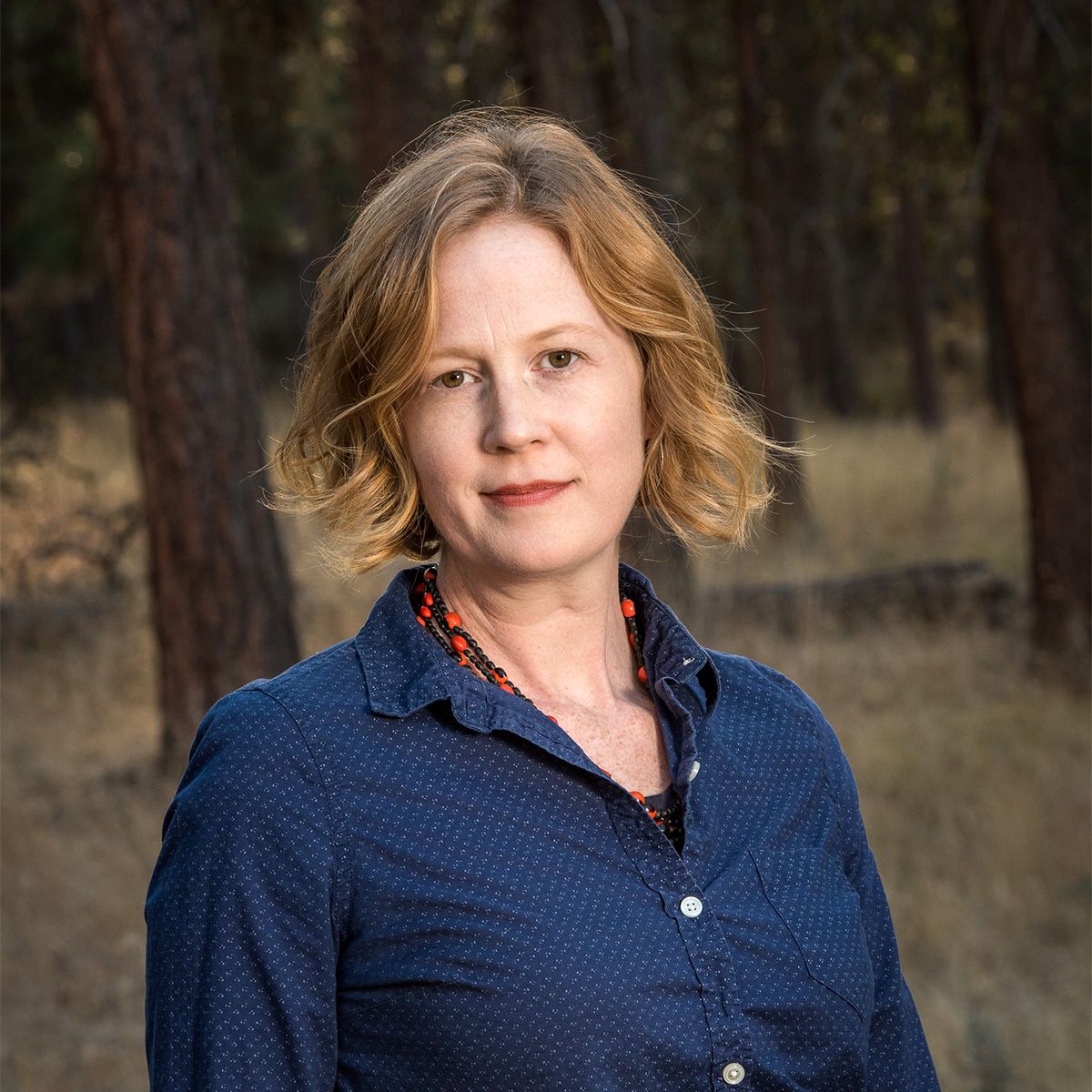
What’s one takeaway you’d like people to get from your book?
When I first wrote the book it would have been harder for me to answer this. But now I feel like I’m coming towards the T-shirt version. And I think it is that we can't just say that when it comes to wild animals, we should let nature take its course. Because we're nature.
Humans have established so much about these animals’ lives and influenced all these wild animals so thoroughly that we bear some kind of responsibility for them. What that responsibility is, is going to vary case by case. It's complicated, and there are going to be trade-offs, and it's going to be messy, and it’s going to be hard. And I'm sorry to tell you that the one-size-fits-all rule is no longer good enough.
This interview has been condensed and edited for clarity.




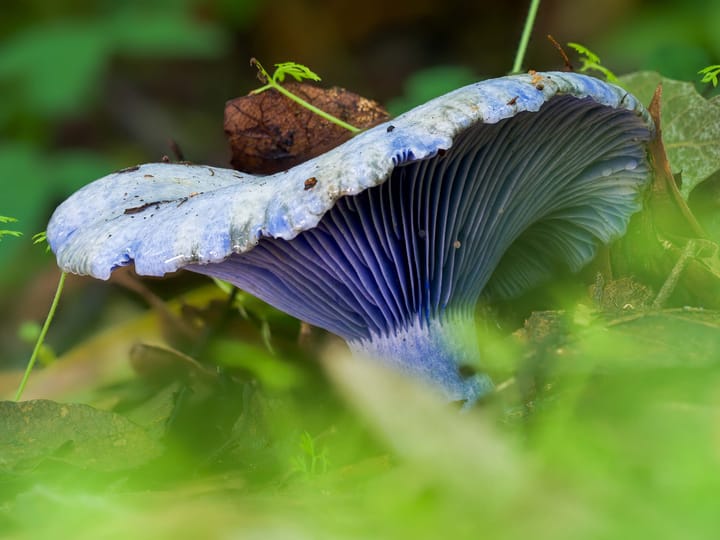
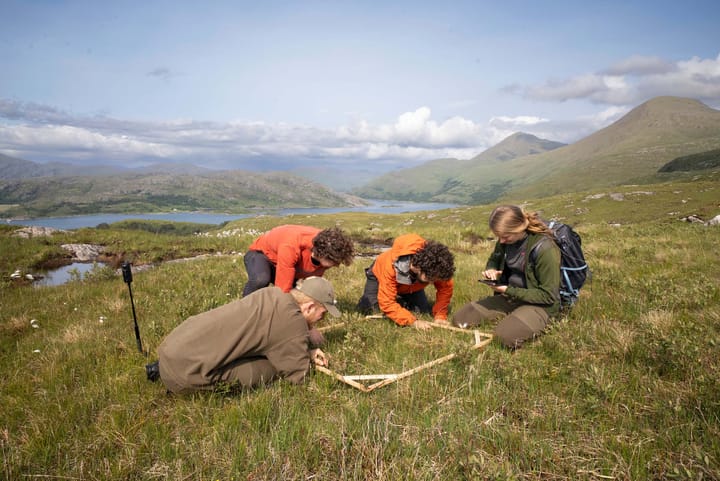


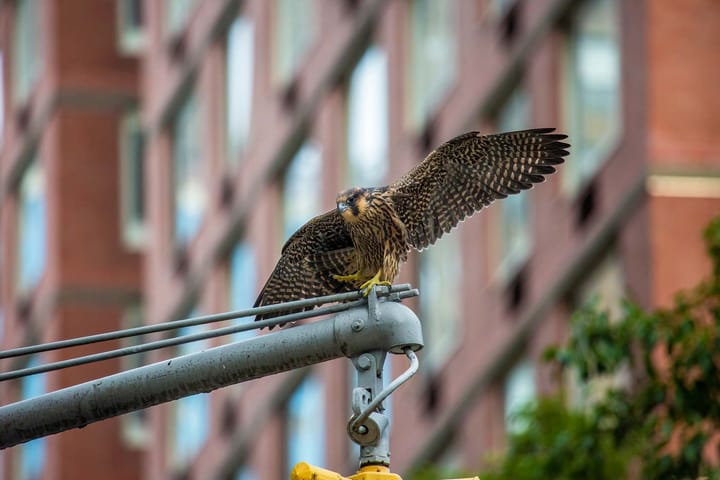

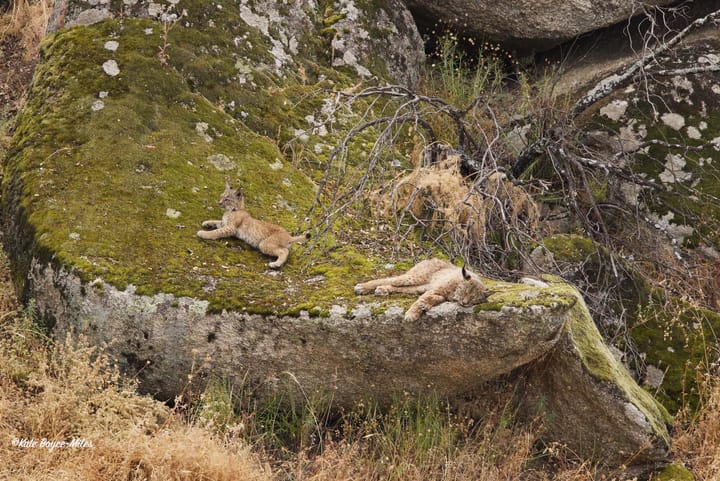
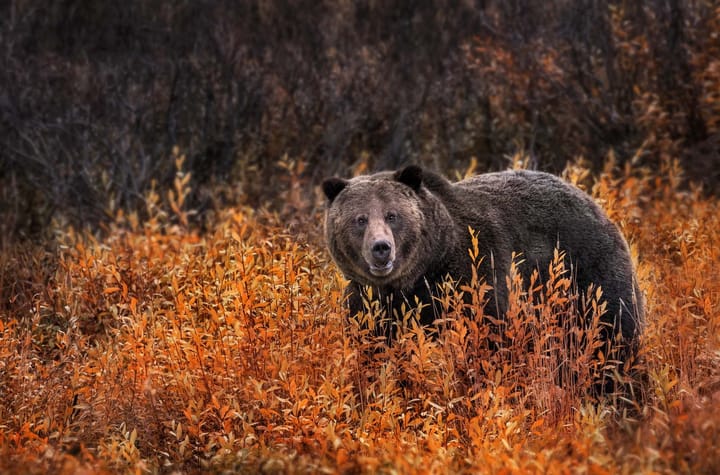
Comments ()